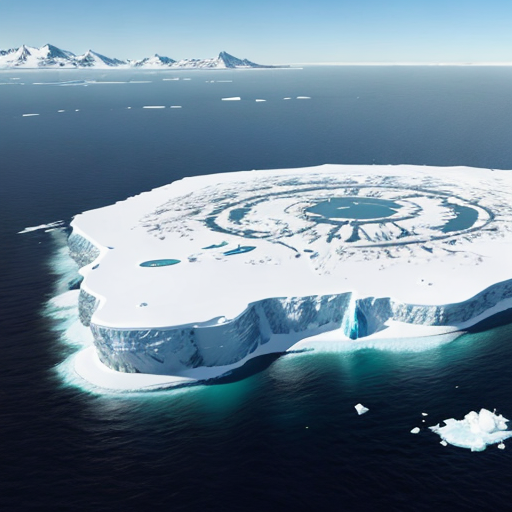16. March 2024
The 'insane' plan to save the Arctic's sea-ice

The ‘insane’ plan to save the Arctic’s sea-ice
As sea-ice vanishes, the dark ocean surface can absorb more of the Sun#39;s energy, which accelerates warming. Parka-clad scientists watch saltwater pump out over the frozen ocean. Their goal? To slow global warming.
Back to Mail Online home. back to the page you came from. The ultimate goal of the Arctic experiment is to thicken enough sea-ice to slow or even reverse the melting already seen. Many scientists are strongly opposed, warning that such attempts distract from the critical step of cutting carbon emissions.
But some advocates claim their approaches could give the planet a helping hand while humanity cleans up its act. Snow acts as an insulating layer, now ice can also form more easily on the underside in contact with the ocean. Exposed to the cold winter air, this seawater quickly freezes, helping to thicken the ice on top. The idea is that the thicker the ice at the end of winter, the longer it will survive.
The ice will be monitored by locals in the months ahead. One estimate suggests that you could need about 10 million wind-powered pumps to thicken sea-ice across just a tenth of the Arctic. One issue is that the saltier ice may melt more quickly in the summer. Some of the more reflective clouds could be used to reflect more of the Sun’s energy back into space.
The idea is to make the Arctic Ocean more reflective by using more water to reflect the sun’s rays. This could lead to a change in the way the world’s climate is affected. The Arctic is essential to sustaining our planetary systems. pumping sea water onto sea-ice on a large scale could change ocean chemistry and threatens the fragile web of life.
The real danger is it provides a distraction, and people with vested interests will use it as an excuse to keep burning fossil fuels, Prof Siegert warns. The Arctic Ocean is likely to be effectively free of sea-ice by the end of summer at least once by 2050. They agree that geoengineering is no silver bullet to tackling climate change. But they point out that even with rapid action, the world still faces a difficult future.
The Arctic has already experienced steep declines since the 1980s. We need other solutions, argues PhD student Jacob Pantling, a researcher at the Centre for Climate Repair in Cambridge Bay. We have to reduce emissions, but even if we do them as quickly as possible, the Arctic is still going to melt.